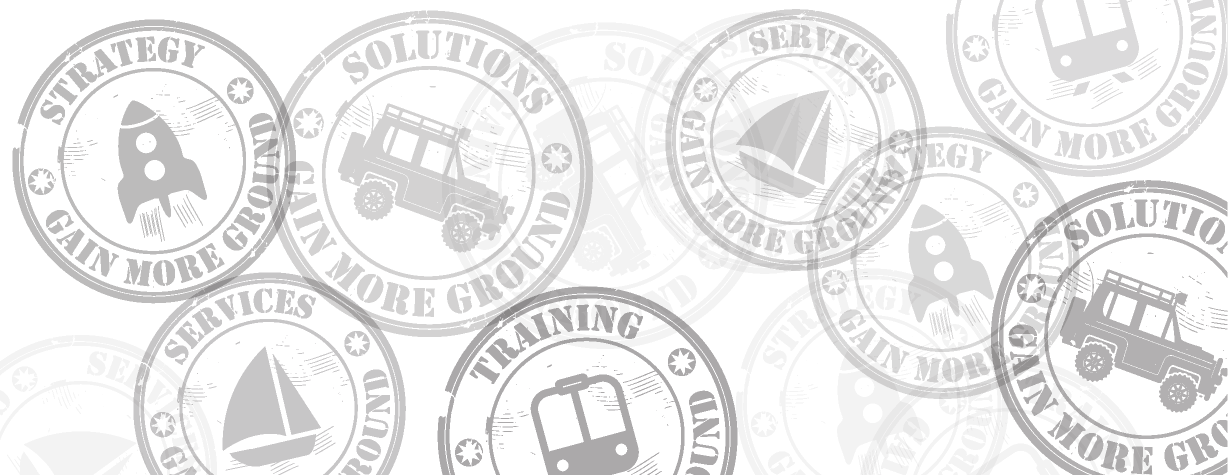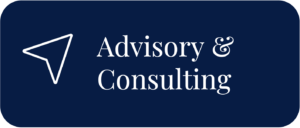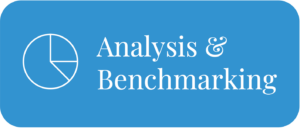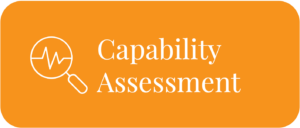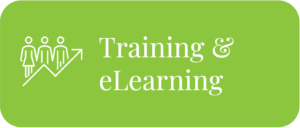The Problem with Procurement Models
Here’s something that should make us pause: Walk into the most sophisticated procurement departments today, and you’ll encounter a curious contradiction.
Teams are armed with the 5 P’s of Procurement, the 7 R’s of Procurement, and the 10 C’s of Supplier Evaluation, yet many still find themselves struggling to prove their strategic relevance when the CFO calls for budget cuts.
Why would teams equipped with proven methodologies still drift off course? The answer isn’t what most CPOs expect.
Collections of Procurement Models
Here’s the problem: we’ve become collectors of procurement models rather than navigators of integrated systems.
It’s like setting sail with a compass, sails, and a sturdy hull, but never actually charting the voyage. Each part is valuable, but unless they’re working together, you won’t reach your destination.
The 7 R’s keep us precise, making sure we buy the right thing at the right time. The 5 P’s remind us that procurement is more than cost, it’s about strategy, relationships, and capability. The 3 C’s hold us steady with cost discipline, governance, and consistency. And the 7 Stages should provide the map of the journey.
Each framework is sound. But when did we start believing that knowing them separately was enough to get us where we need to go?
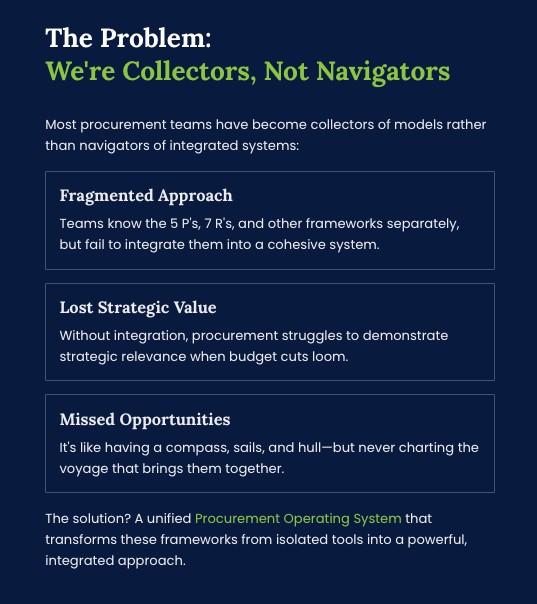
Let’s Dive into the 5P–7R–3C–7S Operating System
Before we set sail with integration, let’s unpack what these frameworks actually mean, and why they’re more powerful when treated as a single Procurement Operating System.
5 Ps of Procurement
|
7 Rs of Procurement
|
3 Cs of Procurement
|
7 Stages of Procurement
|
|
The Compass – gives direction |
The Sails – capture energy and drive forward |
The Hull – provides stability and structure |
The Voyage – the step-by-step journey |
|
Strategic foundation that aligns procurement with business goals. |
Operational filter to ensure flawless execution. |
Governance backbone that builds trust and control. |
Process roadmap that structures the lifecycle. |
1. Price: securing optimal value across the total cost of ownership, not just lowest cost. |
1. Right Product: ensuring the correct goods or services are sourced. |
1. Cost: delivering measurable and sustainable financial value. |
1. Need Identification: recognising and articulating business demand. |
2. Place: ensuring supply chain positioning and logistics align with business needs. |
2. Right Quantity: securing the right amount, avoiding shortages or excess. |
2. Control: enforcing compliance, governance, and managing risk. |
2. Specification Development: defining detailed requirements clearly. |
3. Product: guaranteeing quality, compliance, and fit-for-purpose specifications. |
3. Right Quality: maintaining required standards and specifications. |
3. Consistency: providing reliable, predictable outcomes across the function. |
3. Supplier Market Research: exploring and analysing supplier options. |
4. Promotion: building and maintaining strong supplier relationships and partnerships. |
4. Right Place: delivering to the correct location. |
4. RFx & Supplier Evaluation: requesting, comparing, and assessing proposals. |
|
5. People: developing talent, capability, and empowering stakeholders. |
5. Right Time: ensuring timeliness and avoiding delays. |
5. Negotiation & Contract Award: agreeing terms and finalising contracts. |
|
6. Right Source: selecting the most appropriate and capable supplier. |
6. Purchase Order & Logistics: issuing POs and managing delivery flows. |
||
7. Right Price: achieving fair, competitive, and value-driven pricing. |
7. Performance Management & Review: tracking KPIs, managing relationships, and driving improvement |
||
|
Ensures procurement decisions are strategically aligned |
Guarantees accuracy, reliability, and operational excellence |
Provides a repeatable, structured journey that integrates strategy, execution, and governance |
Integrating Procurement Frameworks: The Compass, Sails, Hull, and Voyage
Here’s a thought experiment: What happens when we stop treating these frameworks as independent tools and start viewing them as components of a unified Procurement Operating System, a single vessel navigating toward value?
- The 5 P’s become your Compass, setting strategic direction and ensuring every decision aligns with broader business objectives. The Compass guides through Price optimisation, Place strategy, Product excellence, supplier Promotion (relationships), and People empowerment.
- The 7 R’s become your Sails, capturing energy and driving execution forward. They keep momentum while balancing precision, ensuring the Right Product, Quantity, Quality, Place, Time, Source, and Price.
- The 3 C’s become your Hull, the structure and stability that keeps procurement afloat. They safeguard the journey through Cost value, governance and risk Control, and operational Consistency.
- The 7 Stages become your Voyage, the step-by-step journey from Need Identification through to Performance Management. The Voyage ties Compass, Sails, and Hull together into a structured process that keeps procurement moving toward its destination.
But here’s where it gets interesting: these models don’t just coexist, they compound each other’s effectiveness. A strong Compass makes the Sails purposeful. A sturdy Hull ensures the Voyage is safe. And the Voyage itself turns the Compass, Sails, and Hull into a repeatable journey toward procurement excellence.
How the 5 P’s, 7 R’s, 3 C’s, and 7 Stages Reinforce Each Other
Think about this: When the 5 P’s inform how you apply the 7 R’s, something remarkable happens. “Right Source” stops being about finding the cheapest supplier and becomes about identifying partners who align with your strategic priorities. If “People” is a strategic focus, then supplier selection emphasises capability development and knowledge transfer alongside cost competitiveness.
When each of the 7 Stages incorporates 3 C checkpoints, governance stops being an afterthought and becomes integral to value creation. Market research isn’t just about finding suppliers, it’s about controlling risk while maintaining cost discipline and consistency with long-term strategy.
When Performance Management feeds back into strategic planning, you create a learning system that gets smarter with every cycle.
Why Procurement Frameworks Fail Without Systematic Integration
Here’s what most procurement leaders don’t want to admit: We know these models, but we don’t use them systematically. We cherry-pick elements when convenient rather than applying them as disciplined, integrated practice.
Consider your last major sourcing initiative. Did you consciously align the 5 P’s with the 7 R’s? Did your 7-stage process consistently apply 3 C governance? Or did you default to familiar patterns, maybe referencing these frameworks in presentations but not truly orchestrating them in practice?
The teams that consistently drive strategic value aren’t necessarily smarter or better trained. They’ve simply moved from knowing frameworks to systematically applying integrated systems.
Why Integrated Procurement Systems Are Critical in Today’s Environment
In an era where AI is reshaping workflows, ESG demands are intensifying, and supply chains face constant disruption, procurement needs both structure and agility. The integrated framework provides the structure. Your team’s ability to adapt these models to changing contexts provides the agility.
But there’s something deeper at play. When your CFO talks about “cost optimisation,” your operations team needs “right-time delivery,” and your sustainability director demands “circular sourcing,” you need a common language. The integrated system becomes that universal translator.
Expanding the Procurement Operating System: 10 C’s and 5 R’s
The beauty of systematic integration is its expandability. Need deeper supplier evaluation? The 10 C’s plug seamlessly into your supplier selection stage. Focusing on sustainability? The 5 R’s of Circular Procurement (Refuse, Reduce, Reuse, Recycle, Recover) integrate naturally with your strategic framework. Managing a crisis? Emergency procurement protocols maintain your core discipline while adapting to urgent demands.
These aren’t competing models, they’re specialised instruments that join your orchestra when the composition demands it.
Key Questions for Procurement Leaders to Ask
So here’s what I’m curious about:
- Are we using these frameworks as an integrated operating system, or are we still collecting them like trophies on a shelf?
- When procurement delivers results, is it because we systematically applied proven methodologies, or because we got lucky despite our fragmented approach?
- And perhaps most importantly: If we truly integrated these time-tested models, what kind of strategic value could procurement actually deliver?
The Choice Before Us
The procurement organisations that will define the next decade won’t be those with the most sophisticated individual models. They’ll be those that recognised something fundamental: The difference between procurement activity and procurement impact often comes down to whether you’re orchestrating proven frameworks into systems or simply naming them in meetings.
Because here’s the thing about frameworks, they’re only as powerful as our discipline in applying them. And discipline, it turns out, is what transforms good intentions into strategic advantage.
Your Next Move
Ask yourself three questions:
- Are we using these frameworks as an integrated Procurement Operating System, or picking them up piecemeal?
- Does our team speak a unified procurement language that connects strategy, execution, governance, and process?
- Do we treat frameworks as compliance checklists, or as decision-making tools that compound competitive advantage?
Book a Call to discuss strategy, operating model or how to do more with less in Procurement.
